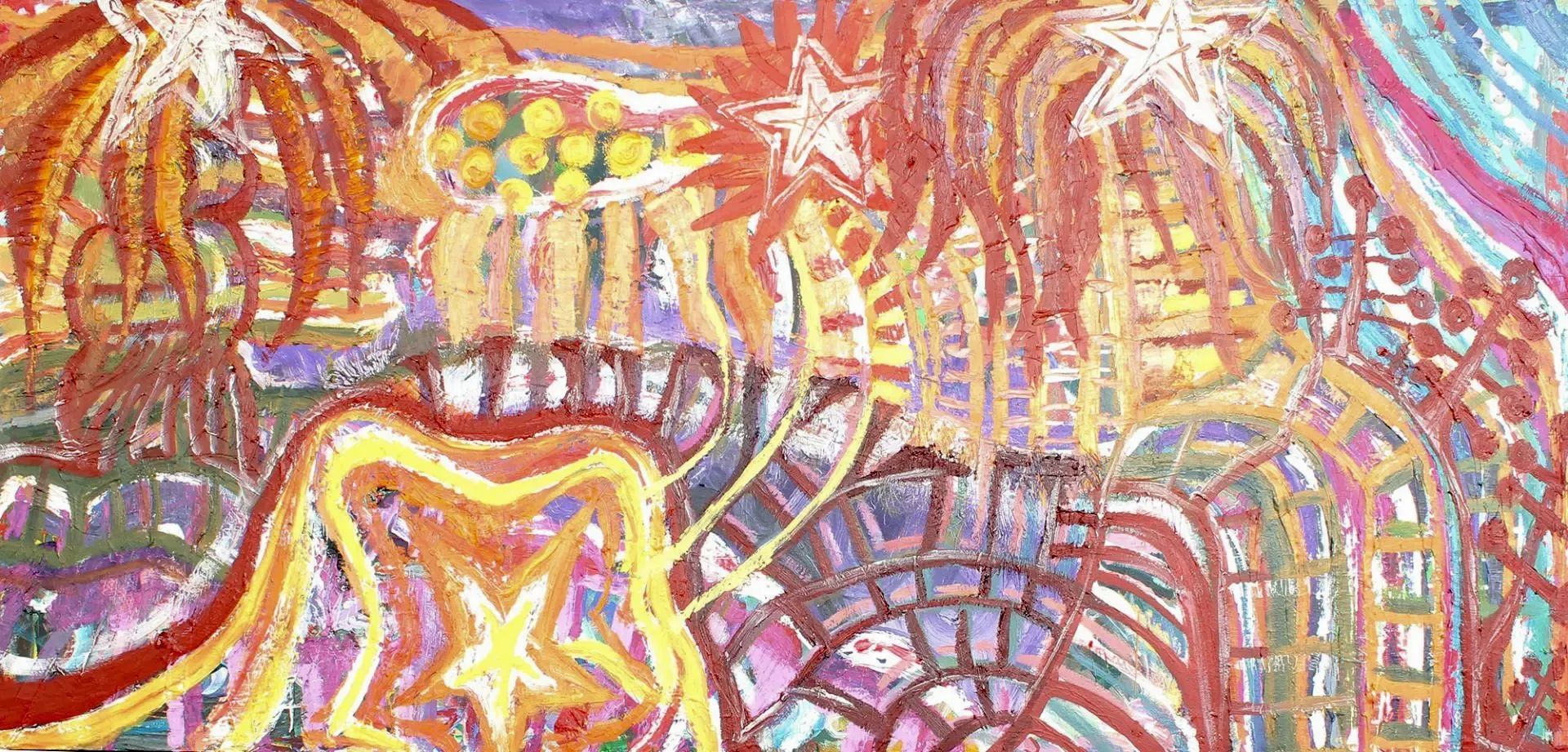wishing star
by Mel Ohlinger
This painting was inspired by Comet in Moominland by Finnish author Tove Jansson. Critics often read the book as an allegory about nuclear weapons, since it was written during WWII. But for me, it became a study of ontology—the philosophical question of being—and how the meaning of life shifts under existential dread. How do people adapt their sense of purpose when facing fear, catastrophe, or the unknown? Can this even be answered scientifically?
While working on this piece, NASA released the results of Gravity Probe B, proving aspects of the space-time continuum. I tried to anchor myself in a constant—the speed of light, measured at 299,792 kilometers per second. But if time itself isn’t constant outside of Earth, then speed isn’t constant either. That made me wonder: what else isn’t constant? If love is measured in time spent together, then is love itself different in space than it is on Earth? That thought unraveled my logic and left me adrift.
I nearly hated this painting. It reminded me of Cubism: fragmented, abstract, impossible to fully reconcile. Eventually, I added a star to the root system as a symbol of love and family. Because when nothing else makes sense—when scientism and relativism shake your foundations—roots and relationships can still bring peace. Family, whether by blood or by choice, is the antidote to existential dread. Earth love. Because maybe love really is different in space.
At the same time, I was wrestling with another question: the problem of evil. Theodicy asks how we can live in a meaningful cosmos when good people suffer and evil people prosper. After major trauma, I needed to know: why do bad things happen to children? How could anyone intentionally harm the innocent?
I studied many philosophies until I found one that offered some comfort: the Augustinian theodicy. It claims that evil doesn’t exist in itself but is the absence of good, just as cold is the absence of heat. This made sense in theory, but I couldn’t accept that children suffered because they “lacked goodness.” I read Dostoevsky’s The Brothers Karamazov and returned to Plato, Aristotle, and Judeo-Christian thought, but still I found no final answer.
In the end, my professor told me that perhaps the absence of an answer is the answer. Sometimes, terrible things just happen without meaning. Our hearts break, and our minds struggle to understand. The best we can do is respond with love and beauty.
For me, this painting became that act: taking something ugly, fractured, and confusing, and transforming it into an expression of love.

